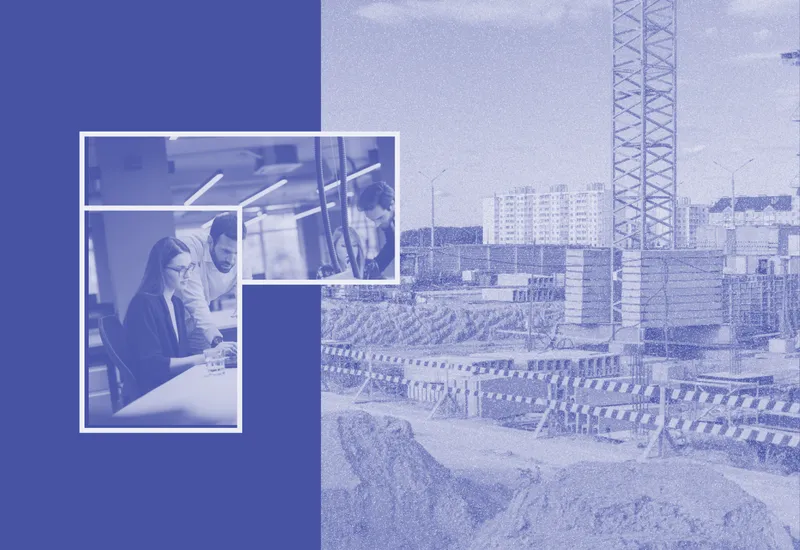The Leader In Real Estate Software Solutions
Connect the Pieces for Flawless Project Execution
Eliminate the challenges of outdated processes, fragmented data, and unseen risks with Rabbet’s complete real estate solution. Connect the pieces of your real estate projects to succeed in CAPEX, Value-Add, and Ground-Up real estate projects.

Trusted by Industry Leaders
Products
Solutions around your
business goals

Rabbet Real Estate Development
Rabbet’s platform was built to solve everyday challenges faced by real estate owners, developers, and asset managers. The platform connects your documents, data, and teams all in one place, helping you own every step of your project execution.
Keep project momentum going while Rabbet handles document management, budget tracking, and advanced report generation. With real-time visibility and powerful forecasting tools, Rabbet empowers project owners to flawlessly bring projects to life.
Learn more


Rabbet Construction Finance
Rabbet Construction Finance gives real estate capital partners, lenders, and service providers a platform that centralizes construction loan operations.
Increase efficiency by connecting all documents, covenants, and project insights in one place. Rabbet’s solution provides easy-to-use dashboards and reports, giving capital partners instant portfolio updates to stay ahead of risk.
Learn more

The Data That Drives Us
The Value of
Connection
Rabbet connects every part of your real estate workflows to reduce non-productive tasks, improve communication, and minimize project cost overruns.
Reduction of Non-Productive Tasks
Elimination of Poor Communication on Project Outcomes
Reduction in Project Cost Overruns
Keys to the Foundation
Real Estate Data Management Ensuring Flawless Execution
Project outcomes are negatively impacted due to real estate teams being overwhelmed by outdated manual processes, disjointed data, and unknown risks. Here's how leveraging your data solves those issues.
Use Cases
Value for Every Team
Use Rabbet to unify all teams within your organization.
Resources
Unlock Value in Your Data
We’re here to help you streamline how you collect, store, and manage real estate data. Discover how to accelerate project outcomes, optimize team efficiency, reduce unnecessary costs, and lead the industry forward.




































